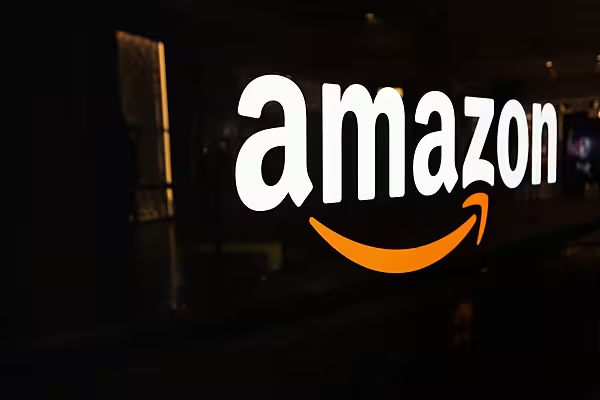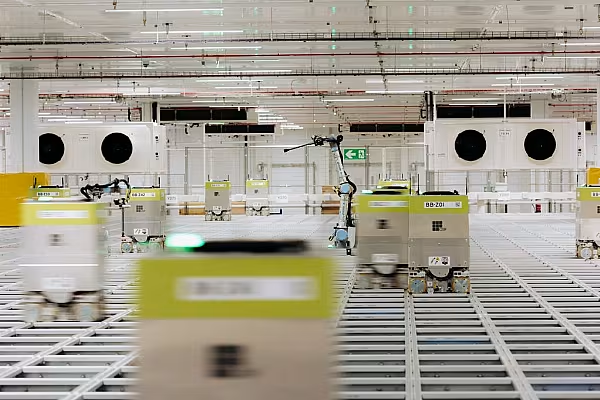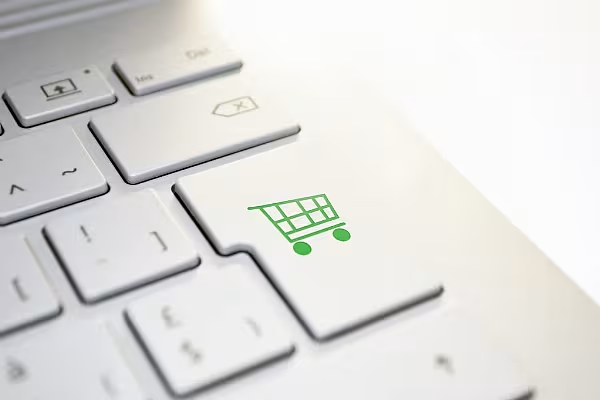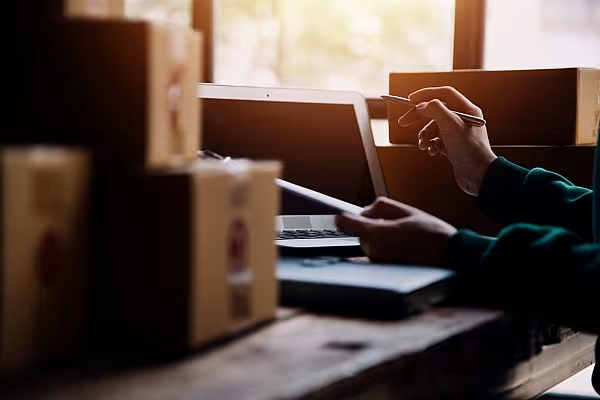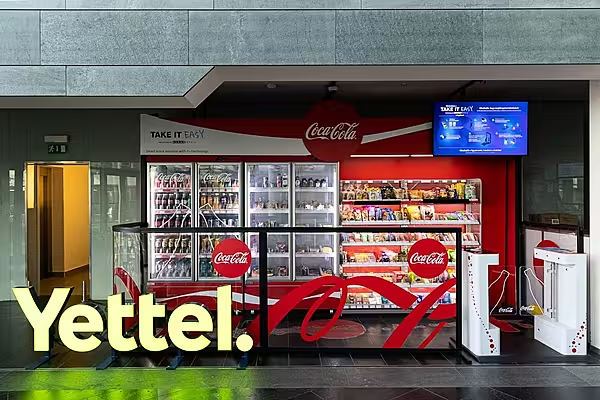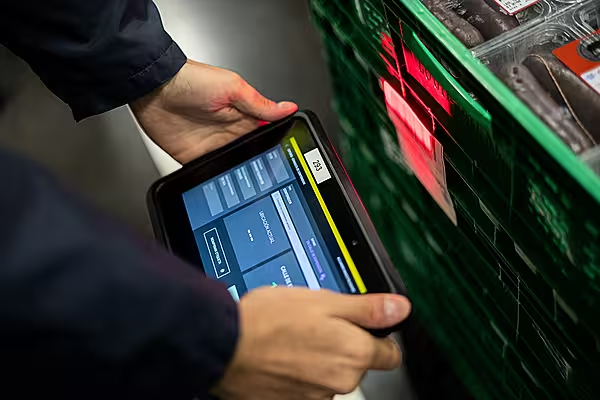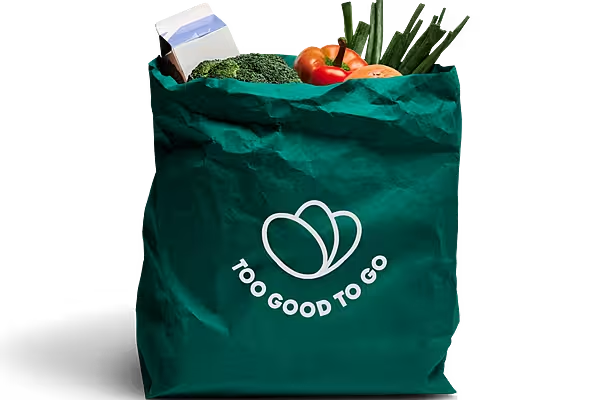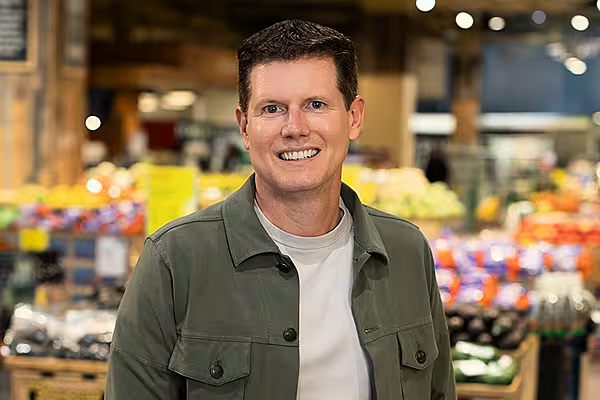In Mexico, it turns out the key to online shopping is offline payments.
In a nation where just about everyone prefers to pay cash, Amazon and Walmart de Mexico are pushing a hybrid payment system to encourage more shoppers to go online.
Amazon is letting people pay for goods ordered on its website at the corner convenience store, while Walmart’s local unit and retail giant Grupo Elektra have set up kiosks at megastores that work much the same way. Even MercadoLibre, Latin America’s biggest online marketplace, has gotten in on the trend.
Behind the shift is a population slow to set up formal banking accounts, with less than half of all adults in Mexico carrying around credit cards.
While China and India have faced similar challenges, their workaround — allowing delivery people to accept cash payments — isn’t an option in Mexico because of the nation’s sky-high rates of assaults and robberies.
Mexican Market
Tapping into Mexico’s consumer base would be a boon for the world’s top internet merchants. Retail in Mexico is a $168 billion business, but the e-commerce market was valued at only $17.6 billion last year, the Mexican Internet Association says. Consumers paid for half of those online purchases by dropping off cash in person.
“There’s not a single important retailer in Mexico that’s not investing heavily in e-commerce,” said Eric Perez-Grovas, president of the Mexico online sales association known as AMVO. “Companies that have been in Mexico forever have brand recognition and their physical stores allow customers to go in, make payments and collect packages.”
Amazon, the latest entrant in the online-offline hybrid marketplace, launched its Amazon Cash program last month, allowing customers to deposit money in an account with the online retailer at more than 6,000 convenience stores and pharmacies throughout Mexico and use the credit to make web-based purchases.
“We work hard so our clients have the best shopping experience possible,” said Julio Gil, an Amazon spokesman. “We continue working on additional payment mechanisms that will adjust to what our clients in Mexico need.”
Walmex, the local unit of Wal-Mart, has installed about 2,000 kiosks throughout its stores that double not only as a point of payment but also a training station of sorts for older and less tech-savvy customers.
The company hopes shoppers using the kiosks today to shop online and then pay in cash will eventually do the same using their smartphones, according to Philip Behn, senior vice president of e-commerce at Walmex.
“The competitive landscape for Mexico's e-commerce has intensified a great deal,” Behn said. “Walmex has a very solid foundation not only to compete but to win on the long term. We're very confident of our investment in this business.”
Hybrid Model
Elektra has also installed about 250 kiosks, and aims to have one in every store by 2018.
“It’s a process of evangelizing,” said Juan Carlos Garcia, Elektra’s director of e-commerce. “Many customers have never shopped online.”
Elektra, known for giving credit to riskier segments of the population that traditional banks usually eschew, is getting ready to extend loans to e-commerce shoppers starting Dec. 1.
“We’re pioneering online credit,” said Garcia. “It’s in our DNA to know how to loan, how to charge and how to adapt to our clients’ needs.”
Spearheading the trend is Oxxo, the ubiquitous convenience-store chain owned by beverage-maker Fomento Economico Mexico SAB, or Femsa. Oxxo is working with MercadoLibre and Elektra, accepting payments at its almost 15,000 locations. Last year, it accounted for 35% of such transactions in Mexico, the internet association says.
The hybrid model appears to be working, helping to lure more internet shoppers. Even as Euromonitor International says more than 90% of Mexico’s population prefers to pay for any transaction in cash, online sales have grown almost 10-fold in six years, according to the internet association.
While Mexicans may be slow to embrace formal banking, the same can’t be said for technology. Last year, almost two-thirds of the population had access to Internet, and 91% had smartphones.
“Retailers are constantly looking for ways to make their payments more flexible,” Euromonitor International said in a report. Kiosks like the ones Walmart rolled out “represent a good strategy in terms of helping consumers feel more confident when buying products online.”
News by Bloomberg, edited by ESM. Click subscribe to sign up to ESM: The European Supermarket Magazine
